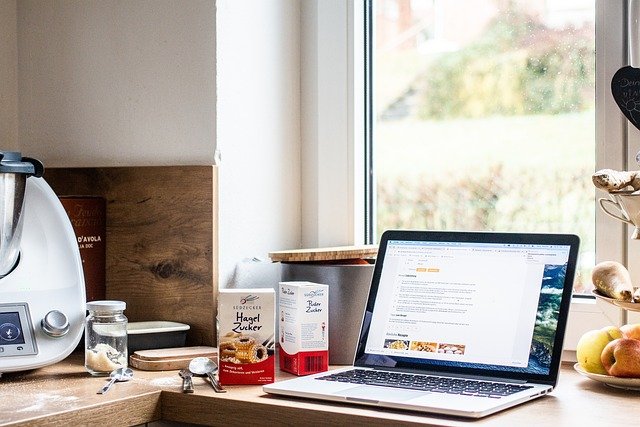How to Choose the Right Blender for Your Kitchen
A blender is one of the most versatile kitchen appliances you can own, handling everything from smoothies and soups to nut butters and crushed ice. Choosing the right blender means balancing power, capacity, durability, and ease of cleaning so it fits your cooking style and the space in your home. This guide breaks down the essential features and technology to consider when buying or upgrading a blender.

What makes a great blender?
A great blender combines sufficient motor power, durable blades, and a well-designed jar. Motor power is usually listed in watts and gives a general idea of capability: lower-power units (300–600 W) work well for basic smoothies and soft fruits, while high-performance blenders (700–1500+ W) handle tougher tasks like crushing ice, blending nuts, or heating soups through friction. Look for stainless-steel blades and a jar shape that promotes efficient circulation. Also consider pulse functions and multiple speed settings for greater control over texture.
How does a blender fit your kitchen?
Think about capacity, footprint, and storage before buying. Blenders come in single-serve personal cups for quick drinks, mid-size jars (1–1.5 liters) for family use, and large-capacity models for batch cooking. Counter space matters: high-torque, high-performance blenders tend to be taller and heavier, whereas compact models are easier to store. Consider jar material—glass resists staining and odor retention but is heavier; BPA-free plastic is lighter and less fragile. Match the blender size to your typical cooking volume and available storage.
Which appliance features matter most?
Important appliance features include variable speed control, preset programs, and ease of cleaning. Variable speeds and pulse give you fine control for tasks such as chopping versus pureeing. Preset programs simplify routines—like smoothies, soups, or crushing ice—especially for beginners. Removable blade assemblies and dishwasher-safe jars make cleanup faster. Noise reduction is another feature to compare; higher-power motors are often louder, so noise-damping designs can be valuable in open-plan living spaces. Safety interlocks and sturdy bases are practical details that matter for daily use.
How do blenders improve cooking?
Blenders expand what you can cook by enabling emulsification, pureeing, and texture control. They turn raw ingredients into smooth soups, sauces, dressings, and baby food, and they can pulverize whole grains or make nut butters when using robust models. For cooking, thermal blending—where friction heats a soup to serving temperature—is possible with some high-speed blenders. In baking and meal prep, blenders speed up tasks like making batter, grinding spices, or creating smooth custards, helping home cooks achieve consistent results with less manual work.
What new blender technology should you know?
Recent blender technology focuses on performance, connectivity, and user convenience. Innovations include motor designs optimized for torque rather than just wattage, hardened blade alloys for longevity, and improved jar geometries to reduce air pockets and improve blending efficiency. Smart blenders offer preset programs, touchscreen controls, and sometimes Bluetooth or Wi‑Fi integration for app-guided recipes and firmware updates. Variable frequency drives and quiet motor housings aim to reduce noise while maintaining power. When evaluating technology, weigh real-world benefits—durability, ease of use, and cleaning—over flashy features that add cost but little practical value.
Conclusion
Selecting the right blender depends on your cooking habits, kitchen space, and desired performance. Prioritize the motor and blade quality if you plan to blend tough ingredients or prepare soups and nut butters; choose compact, easy-to-clean models for everyday smoothies and quick prep. Consider features like presets, variable speeds, and noise reduction based on how you’ll use the appliance, and balance new technology against practical reliability to find a blender that fits your kitchen and lifestyle.





